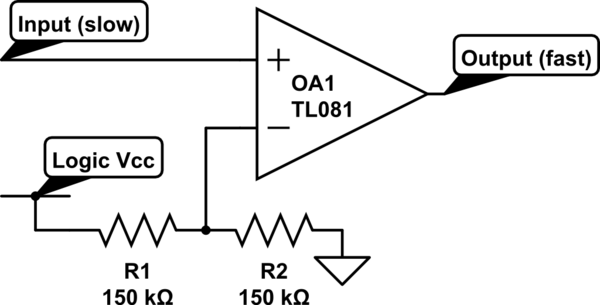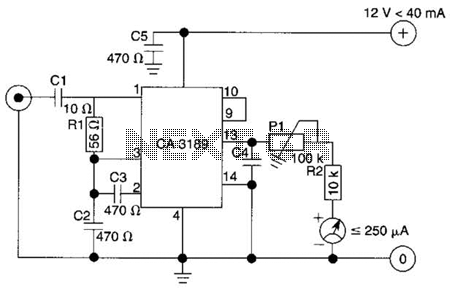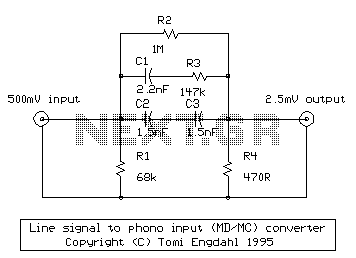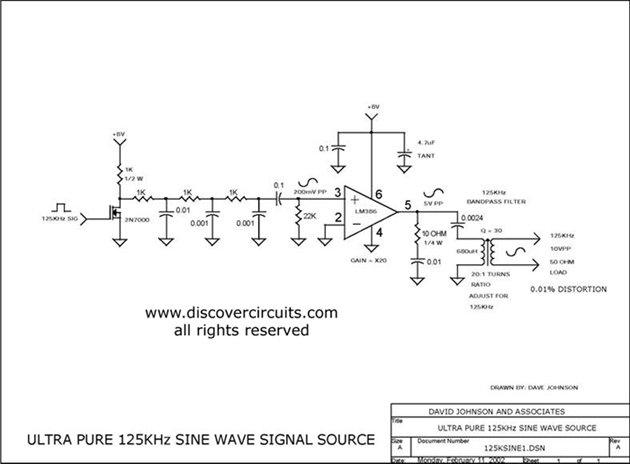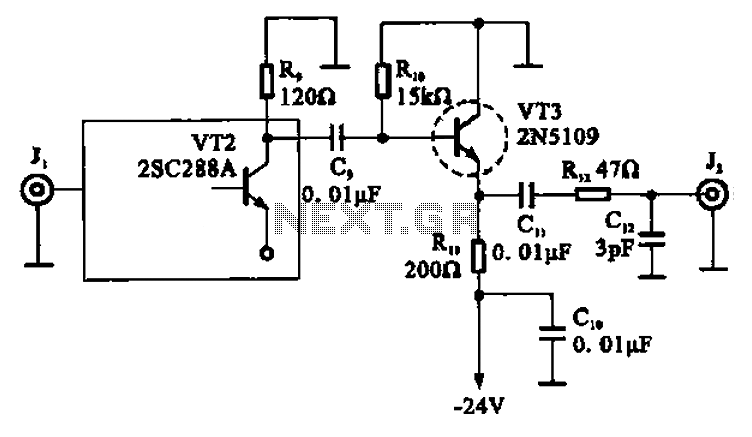
Multi-Tester Logic Probe Signal Tracer And Injector
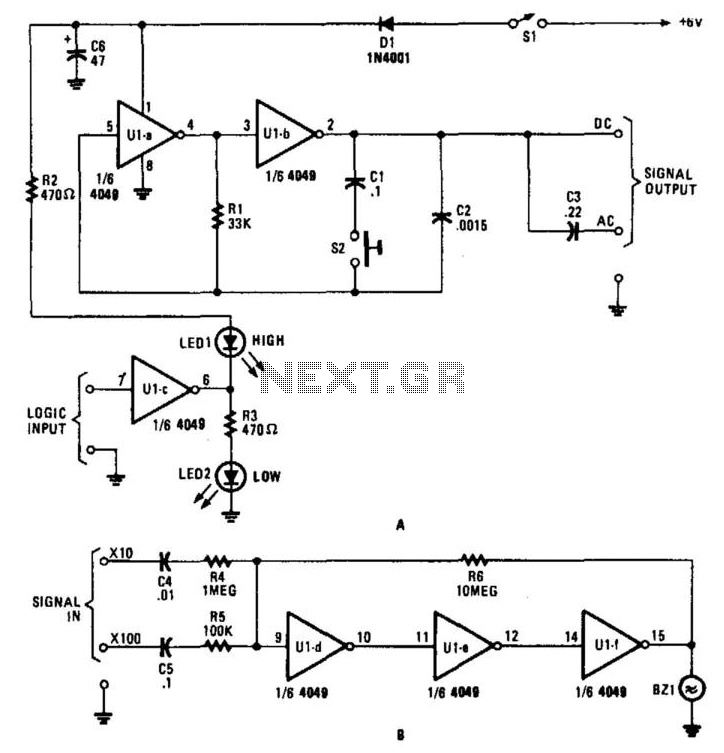
This circuit for a test set contains a signal injector (U1A/U1B) and associated components, a logic probe (U1C), and an audio amplifier. SI selects either 10-kHz or 100-Hz output. U1D, U1E, and U1F form an audio amplifier that drives a piezo sounder element without an internal driver so that it functions as a piezoelectric speaker.
The described circuit serves as a versatile test set designed for signal generation and audio output. The signal injector, represented by operational amplifiers U1A and U1B, is capable of producing two selectable frequencies: 10 kHz and 100 Hz. This selection is facilitated by switch SI, enabling the user to adapt the output frequency based on the testing requirements.
The logic probe, designated as U1C, is integrated into the circuit to provide visual feedback on the logic state of the signals being tested. This component is essential for diagnosing digital circuits, as it indicates high or low logic levels, thus assisting in troubleshooting.
The audio amplifier section includes operational amplifiers U1D, U1E, and U1F. This configuration is specifically designed to drive a piezo sounder element, which operates without an internal driver. By utilizing the piezoelectric effect, the sounder converts electrical signals into audible sound, functioning effectively as a piezoelectric speaker. The absence of an internal driver allows for greater flexibility in the circuit design, as it can be powered directly by the audio amplifier output, ensuring efficient sound production.
Overall, this circuit combines signal generation, logic testing, and audio output capabilities, making it a valuable tool in electronic diagnostics and testing applications. This circuit for a test set contains a signal injector (U1A/U1B) and associated com ponents, a logic probe (U1C) and an audio amplifier. SI selects either 10-kHz or 100-Hz output. U1D, U1E, and U1F form an audio amplifier that drives a piezo sounder element without an internal driver so that it functions as a piezoelectric speaker. 🔗 External reference
The described circuit serves as a versatile test set designed for signal generation and audio output. The signal injector, represented by operational amplifiers U1A and U1B, is capable of producing two selectable frequencies: 10 kHz and 100 Hz. This selection is facilitated by switch SI, enabling the user to adapt the output frequency based on the testing requirements.
The logic probe, designated as U1C, is integrated into the circuit to provide visual feedback on the logic state of the signals being tested. This component is essential for diagnosing digital circuits, as it indicates high or low logic levels, thus assisting in troubleshooting.
The audio amplifier section includes operational amplifiers U1D, U1E, and U1F. This configuration is specifically designed to drive a piezo sounder element, which operates without an internal driver. By utilizing the piezoelectric effect, the sounder converts electrical signals into audible sound, functioning effectively as a piezoelectric speaker. The absence of an internal driver allows for greater flexibility in the circuit design, as it can be powered directly by the audio amplifier output, ensuring efficient sound production.
Overall, this circuit combines signal generation, logic testing, and audio output capabilities, making it a valuable tool in electronic diagnostics and testing applications. This circuit for a test set contains a signal injector (U1A/U1B) and associated com ponents, a logic probe (U1C) and an audio amplifier. SI selects either 10-kHz or 100-Hz output. U1D, U1E, and U1F form an audio amplifier that drives a piezo sounder element without an internal driver so that it functions as a piezoelectric speaker. 🔗 External reference
